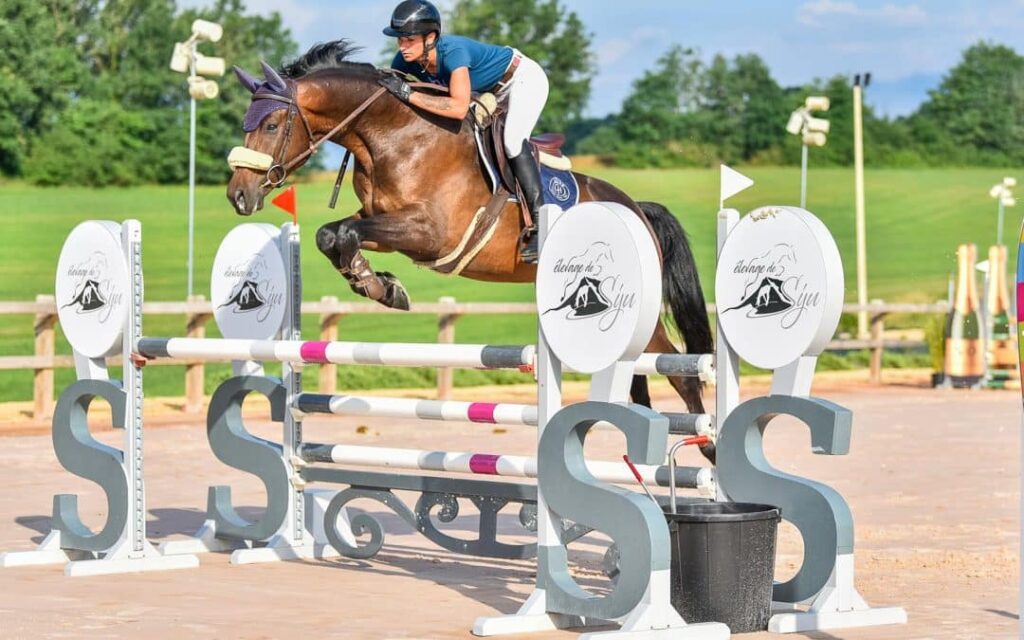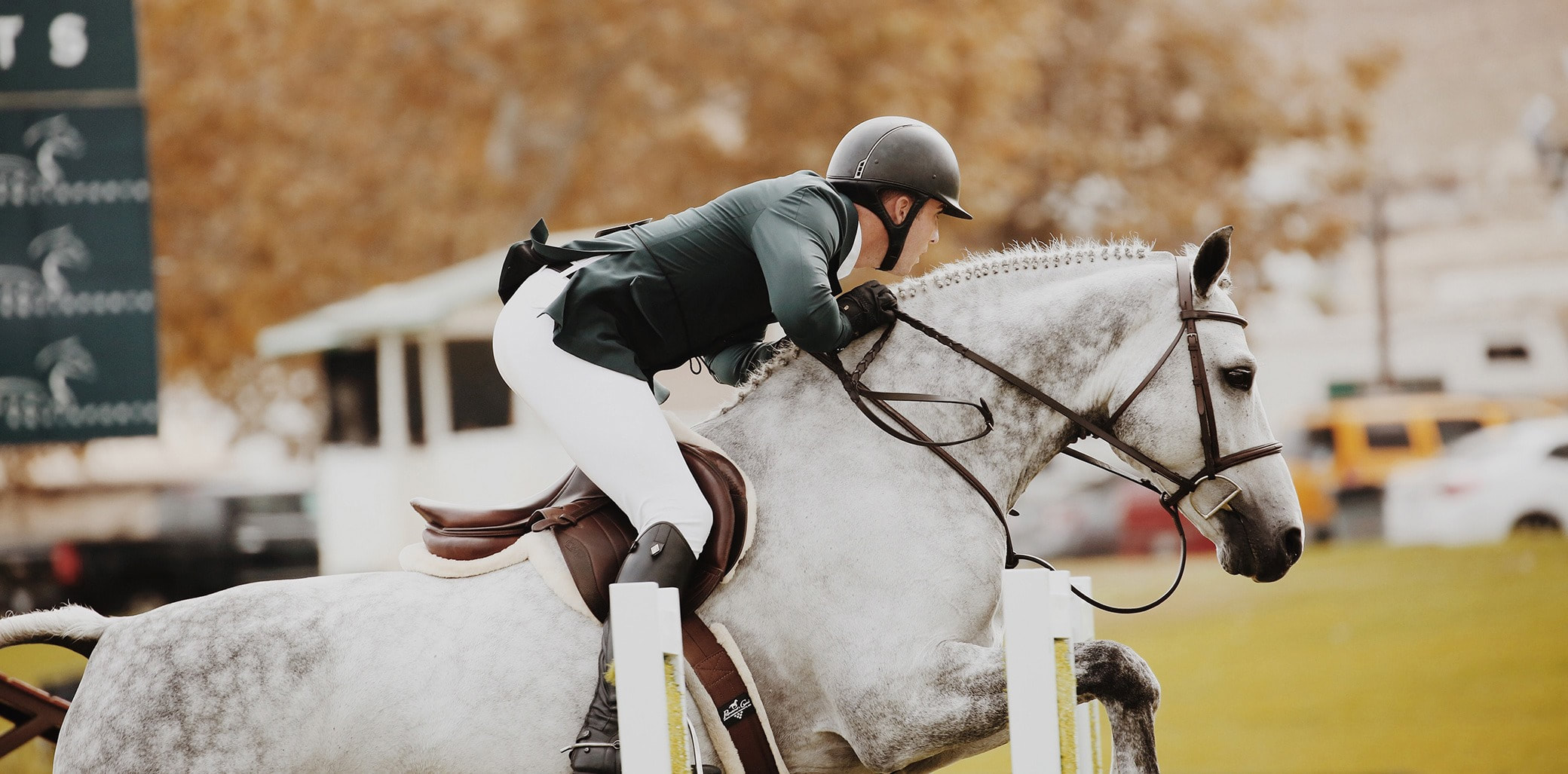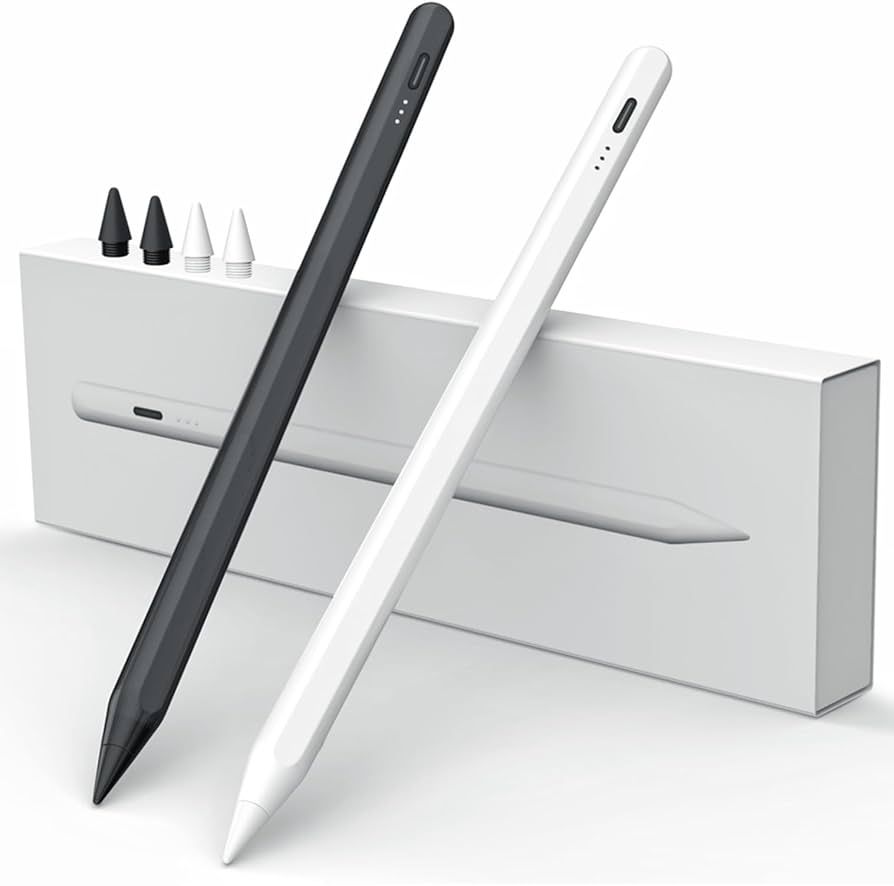Horse saddles expect an essential part in ensuring the comfort, security, and sufficiency of both the rider and the pony. Picking the right seat can altogether adorn your driving experience, whether you’re worried about serious riding, entertainment driving, or pony training. In this far reaching guide, we can investigate select sorts of pony saddles, a method for picking the reasonable seat in light of your desires, and the vital issues for saddle care and upkeep.
Understanding Various Kinds of Pony Seats
There is a broad assortment of pony saddles accessible, each intended to serve a specific reason. Understanding the different sorts can help you make an informed preference that meets your riding necessities.
1. English Saddles
English seats are ordinarily used in equestrian disciplines alongside show bouncing, dressage, and eventing. They are portrayed through their lighter weight and moderate plan, which grants for more opportunity of development.
Dressage Seats: These seats are planned with a more profound seat to permit closer touch with the pony and to assist the rider with holding a decent stance. The flaps are longer, which incorporates the longer leg role standard of dressage.
Jumping Saddles: Jumping saddles have a flatter seat and shorter flaps to facilitate a ahead seat function. This design facilitates riders to stay solid at some stage in jumps.
Universally handy Seats: As the name recommends, generally useful seats are adaptable and can be utilised for both jumping and level work. They are a fitting inclination for beginner riders who are evaluating different equestrian games.
2. Western Saddles
Western saddles are commonly used in Western using disciplines along with rodeo activities, trail riding, and farm animals paintings. They are regarded for his or her exceptional horn and sturdy layout.
Roping Saddles: Designed for roping farm animals, these saddles feature a sturdy horn and deep seat to provide stability. They are constructed to deal with the strain of roping activities.
Trail Saddles: Trail saddles are lightweight and designed for long hours of driving. They provide consolation for both the rider and the horse, regularly proposing extra padding.
Barrel Dashing Seats: These seats have a profound seat with a high cantle, which permits the rider to remain secure all through sharp turns. The lightweight design allows for quick movements.

3. Endurance Saddles
Endurance saddles are crafted for lengthy-distance riding, which include staying power racing. These saddles are light-weight, with extra padding to provide comfort over prolonged rides. They allow the rider to preserve near contact with the pony, promoting better manipulation and conversation.
4. Australian Stock Saddles
Combining functions of both English and Western saddles, Australian stock saddles are used for path using and working with cattle. They have knee pads for protection and a deep seat for superior consolation.
5. Treeless Saddles
Treeless saddles are designed without a rigid tree, providing a more in-depth in shape to the pony’s back. They permit for an extra range of movement and are often desired for horses with sensitive backs. Nonetheless, they may now not offer as great an arrangement of help for the rider as customary seats.
Variables to Consider While Picking a Pony Seat
Choosing the legitimate seat involves more than simply picking a style that suits your utilising field.Several factors must be taken into consideration to make certain most efficient comfort and performance.
1. Saddle Fit for the Horse
Guaranteeing a right counterpart for the horse is one of the main parts of choosing a seat. A well-becoming seat conveys the rider’s weight carelessly all through the pony’s back, forestalling inconvenience and capacity harm. Consider the following:
Wither Clearance: The saddle ought to offer good enough clearance over the horse’s withers to keep away from strain and discomfort.
Saddle Length: Make certain the saddle does not extend too always returned on the horse’s spine, that may cause pressure factors and discomfort.
Panel Contact: The panels should rest evenly alongside the horse’s back, averting gaps or uneven strain.
2. Rider Fit and Comfort
The saddle ought to additionally be cushty for the rider. The proper saddle length ensures a balanced riding function and permits for effective communique with the horse. This is what to search for:
- Seat Size: The seat requirements to permit the rider to sit without issues without feeling confined or slipping. Estimates generally range from 14 crawls to 18 creeps for English seats and however much 17 crawls for Western seats.
- Knee Roll and Thigh Block Positioning: Proper placement of the knee rolls and thigh blocks presents additional help, mainly in disciplines like jumping or dressage.
- Stirrups: The length of the stirrup leathers must be adjustable to accommodate extraordinary leg lengths and driving styles.
- three. Material and Construction
- The materials utilised in saddle production appreciably have an effect on sturdiness, weight, and protection requirements.
- Leather Saddles: Leather is a popular desire due to its durability, breathability, and conventional appearance. However, it requires normal preservation to save you drying and cracking.
- Engineered Seats: Produced using man-made substances, engineered saddles are lighter and less challenging to clean.. They are a budget-friendly alternative for amateur riders.

4. Riding Discipline
Your chosen riding subject will even impact the kind of saddle that greatly suits your wishes. Each field requires precise functions in a saddle design to make certain performance and luxury.
5: Budget Considerations
Saddles can range broadly in price, from cheap fashions for beginners to high-cease, custom-made saddles for advanced riders. Determine your price range and recollect factors such as the greatness of substances, craftsmanship, and the brand’s reputation.
Proper Saddle Care and Maintenance
Regular saddle care extends the existence of your saddle and guarantees it stays safe and comfortable for each horse and rider. Here are vital saddle care hints:
1. Cleaning Your Saddle
Daily Wipe-Down: After every trip, wipe down the saddle with a humid material to eliminate dust and sweat.
Deep Cleaning: Periodically, use a leather cleaner to smooth all regions of the saddle, focusing on locations wherein sweat and dust collect.
Synthetic Saddle Care: For artificial saddles, use a mild soap and water solution to smooth the saddle surface.
2. Conditioning Leather Saddles
Cowhide seats ought to be molded often to protect the calfskin smooth and save you breaking. Utilize a calfskin based conditioner or seat cleanser, utilizing it with a delicate material and permitting it to absorb.
3. Storing Your Saddle
Store your saddle in a groovy, dry location, faraway from direct sunlight and moisture. A saddle cover allows it to defend itself from dirt and unintentional damage.
4. Regular Inspection
Inspect the saddle frequently for symptoms of wear and tear, which includes the stitching, girth straps, and tree integrity. Prompt repairs can save you minor problems from becoming serious troubles.
Saddle Accessories and Fitting Aids
In addition to the saddle itself, numerous add-ons can improve in shape and luxury:
1. Saddle Pads
Saddle cushions are put between the seat and the pony’s re-visitation of proposition padding and shield the pony’s skin. There are various sorts, along with gel cushions, froth cushions, and fleece cushions, each granting particular levels of help.
2. Girths and Cinches
The girth or cinch secures the saddle in the region. It has to be adjusted to a cushty but comfortable shape to avoid slipping or pinching.
3. Breastplates and Martingales
These accessories help stabilise the saddle, mainly all through leaping or different full of life activities. They can save you the saddle from slipping backward or sideways.
The Importance of Professional Saddle Fitting
While it is possible to suit a saddle yourself, expert saddle fitting is quite advocated. A professional can check the pony’s conformation and movement, become aware of any strain points, and advocate a saddle that suits each horse and rider optimally.










